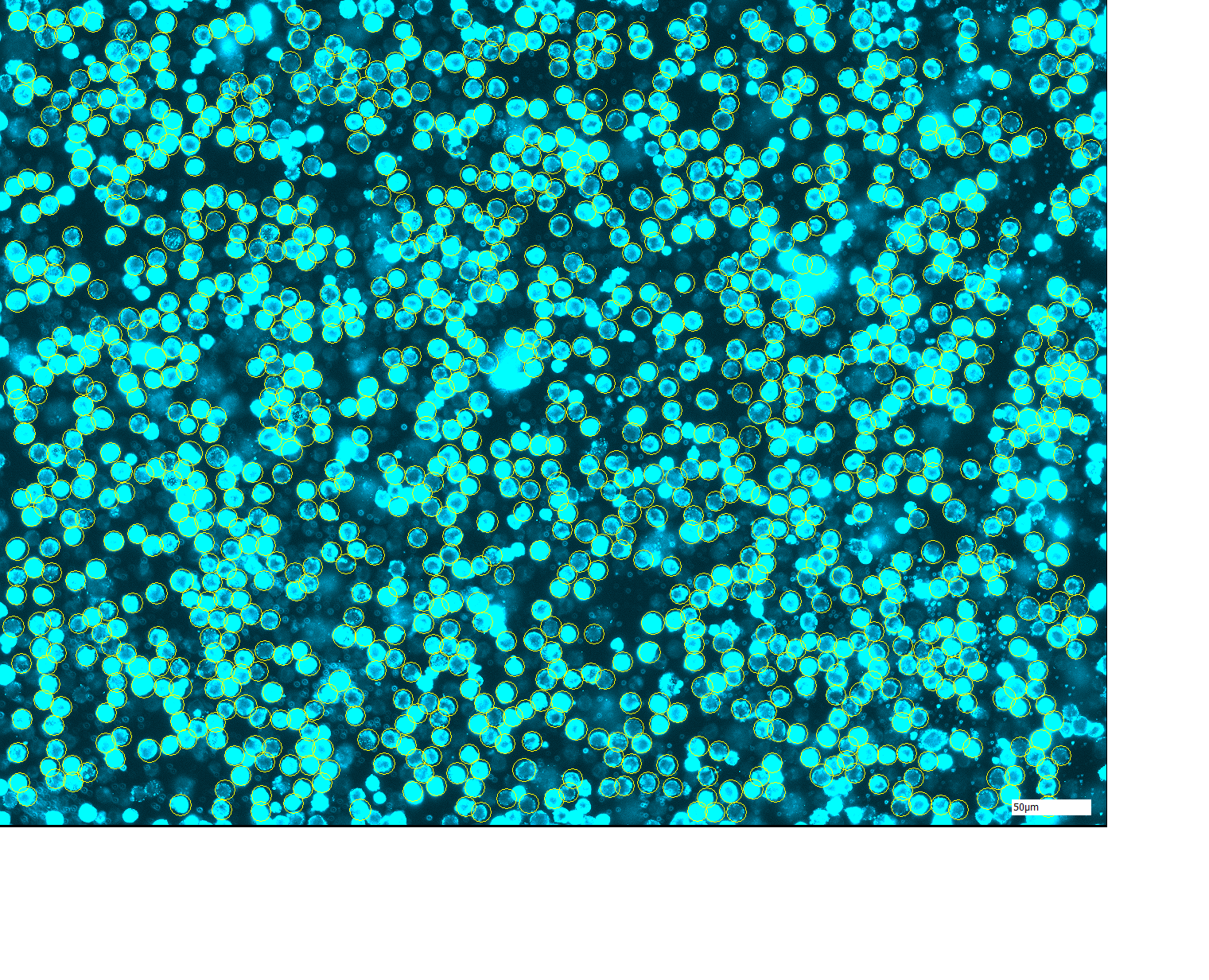
The acute respiratory distress syndrome (ARDS) can result from a state of acute hyperinflammation caused by direct or indirect lung injury. Among the players causing this massive immunological overreaction are neutrophils, which in a pathological setting can induce significant secondary tissue injury.
While not all neutrophils seem to be involved in this overreaction, experimental findings point to a neutrophil subset expressing the dual endothelin-1/signal peptide receptor (DEspR). These so-called “rogue” neutrophils are characterized by delayed apoptosis, so that the cells stay active for a longer period than usual. In collaboration with scientists of the Boston University School of Medicine, Fraunhofer ITEM researchers demonstrated increased pulmonary and systemic DEspR-positive neutrophil counts in rats, Rhesus macaques and humans as a result of endotoxin-induced inflammation or acute tissue injury. Prophylactic treatment with an anti-DEspR antibody reduced endotoxin-induced hypoxemia in macaques and increased the median survival in rats. The results have been published (Carstensen et al., 2022: DOI 10.3389/fimmu.2022.1008390) and suggest a new therapeutic target for neutrophil-mediated secondary tissue injury, such as that seen in ARDS.
 Fraunhofer Institute for Toxicology and Experimental Medicine
Fraunhofer Institute for Toxicology and Experimental Medicine